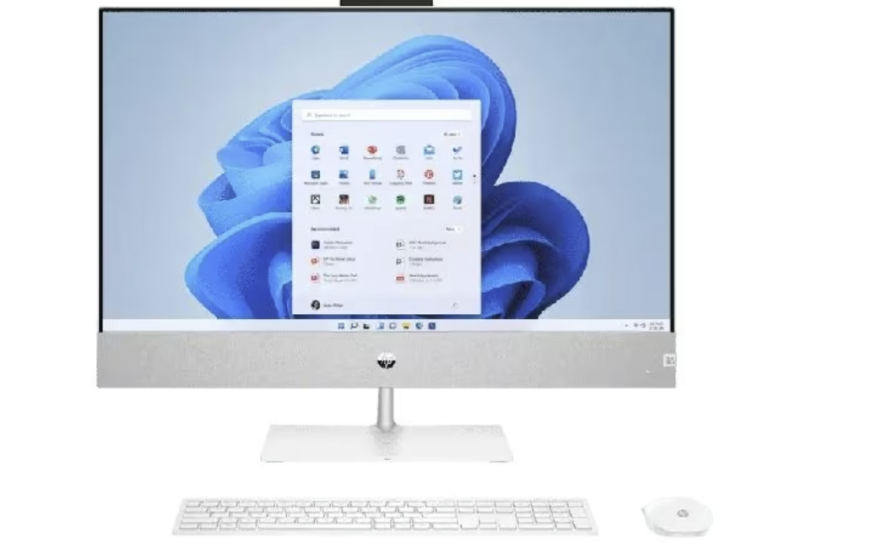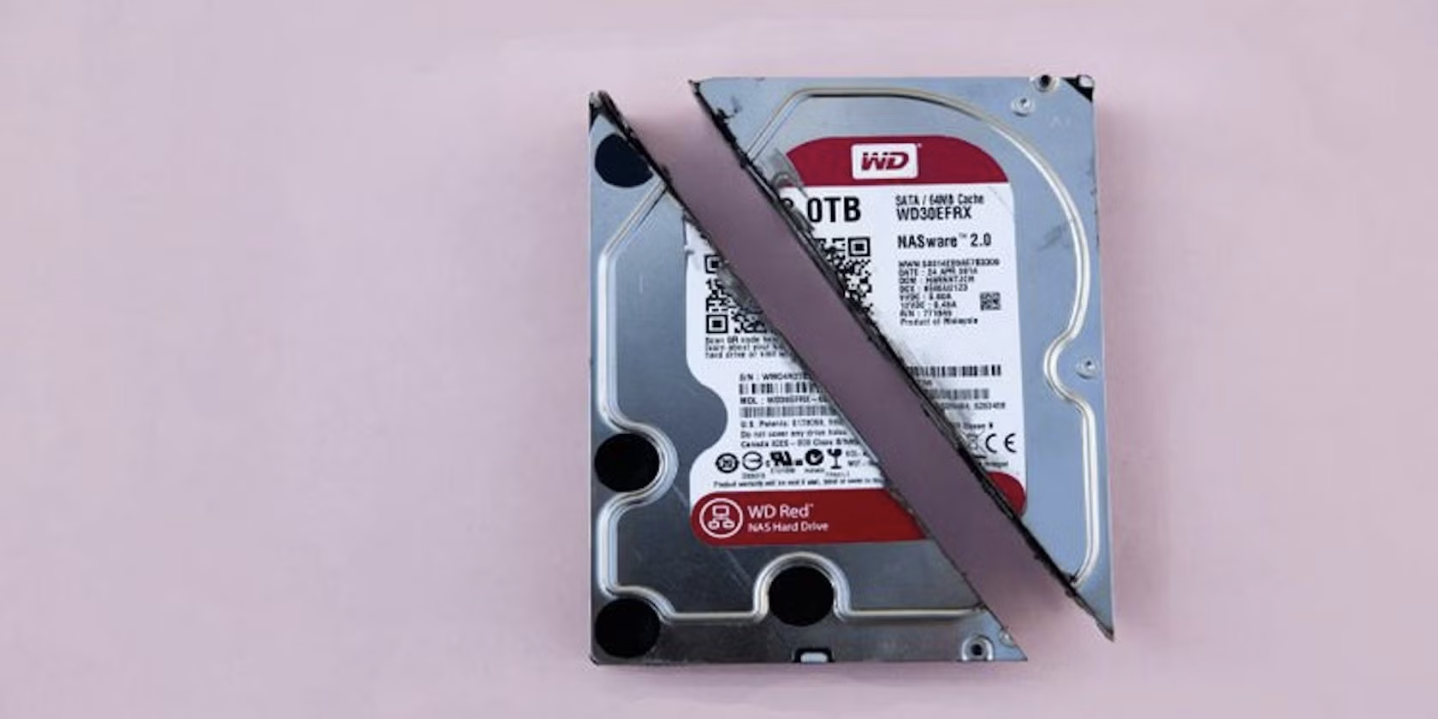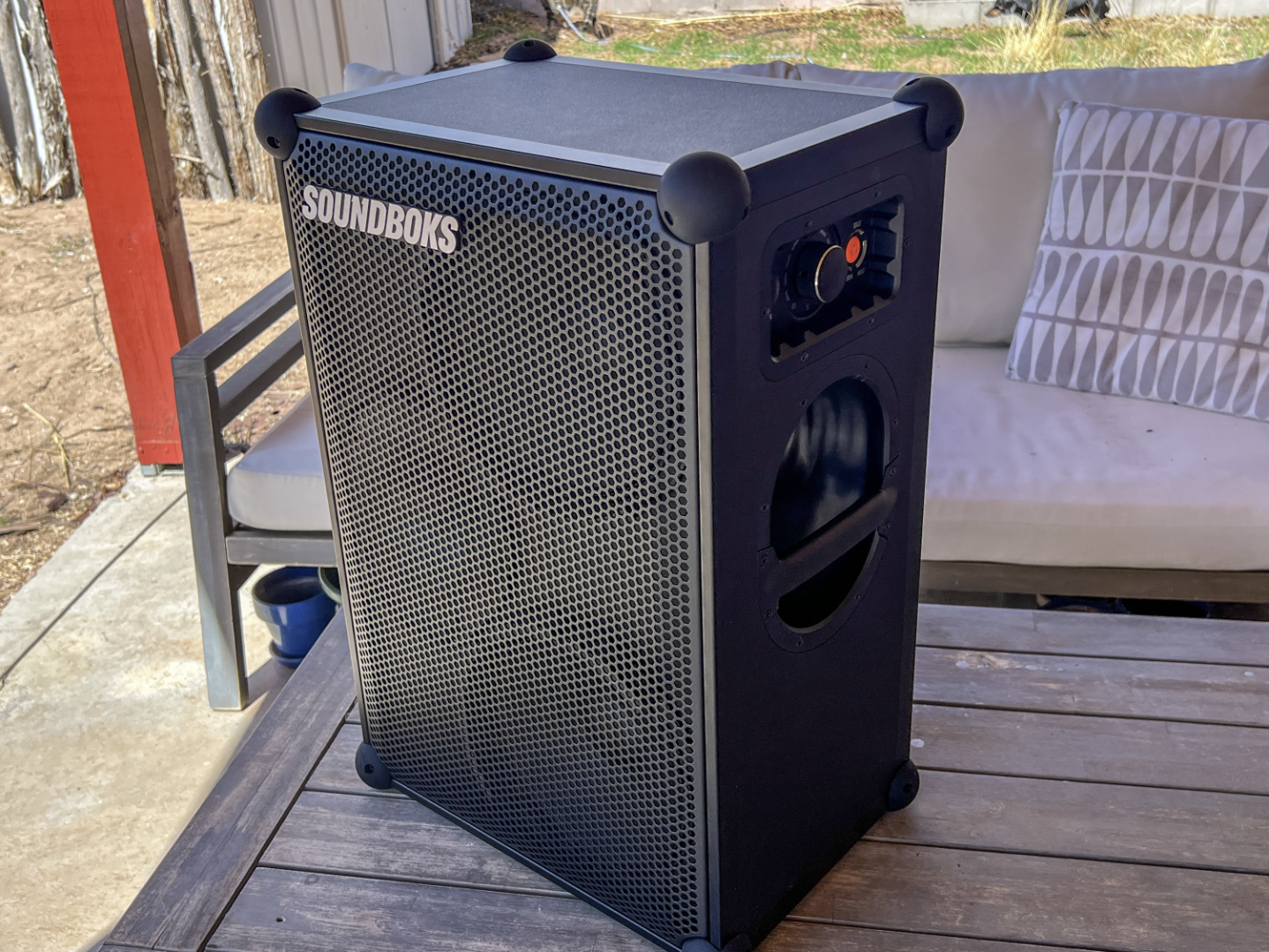
USB devices are common for most computer users. Whether you’re using Windows, Linux, or macOS, you’ll likely be connecting USB devices like external hard drives, flash drives, printers, webcams, microphones, and more. While it might seem like all USB types, ports, and devices are the same, there are actually several different USB standards with varying performance levels.
It’s helpful to understand the specific USB types and ports on your computer, whether you bought it or built it yourself. In this article, we’ll go over the various USB standards to give you a better idea of the performance you can expect from your devices. We commonly use USB flash drives to install operating systems like Windows on our computers, so it’s important to know the differences.
USB 1.0 launched in January 1996, but its adoption was slow due to limitations and lack of support. USB 1.1 came out in August 1998 and started gaining traction, while USB 2.0 was released in April 2000. USB 3.0 followed in November 2008, and USB 4.0 came in September 2019, although it’s not as widely used as USB 3.0 due to its focus on high-performance devices. Below, we’ll break down the different USB types, their speeds, and common uses.
- USB 1.1 – 12 Mbps (Full Speed): Keyboards, mice, older peripherals.
- USB 2.0 – 480 Mbps (High Speed): Flash drives, printers, scanners.
- USB 3.0 – 5 Gbps (SuperSpeed): External SSDs, modern storage devices.
- USB 3.1 (Gen 2) – 10 Gbps (SuperSpeed+): High-speed external storage, peripherals.
- USB 3.2 – Up to 20 Gbps (SuperSpeed++): External SSDs, high-performance devices.
- USB 4 – Up to 40 Gbps: Laptops, displays, external GPUs.
There are also different types of USB cables and ports to consider when shopping for devices. As shown in the graphic below, USB Type-A is the most common, but many laptops now feature USB Type-C, which is commonly used with smartphones.
USB Types, Ports, and Devices
Here’s a breakdown of the USB types and ports, their speeds, and the devices they’re most commonly used with:
USB Type-A
- USB 1.1 – 12 Mbps (Full Speed): Keyboards, mice, older peripherals.
- USB 2.0 – 480 Mbps (High Speed): Flash drives, general peripherals.
- USB 3.0+ – 5-40 Gbps (SuperSpeed+): External SSDs, hubs, modern peripherals.
USB Type-B
- USB 1.1 – 12 Mbps (Full Speed): Printers, older devices.
- USB 2.0 – 480 Mbps (High Speed): Printers, scanners.
- USB 3.0 – 5 Gbps (SuperSpeed): External hard drives, high-speed devices.
USB Mini-B
- USB 1.1 – 12 Mbps (Full Speed): Older cameras, portable devices.
- USB 2.0 – 480 Mbps (High Speed): MP3 players, digital cameras.
USB Micro-B
- USB 2.0 – 480 Mbps (High Speed): Smartphones, tablets.
- USB 3.0 – 5 Gbps (SuperSpeed): External hard drives, faster devices.
USB Type-C
- USB 2.0 – 480 Mbps (High Speed): Budget smartphones, basic peripherals.
- USB 3.0/3.1 – 5-10 Gbps (SuperSpeed/+): Modern devices, high-speed peripherals.
- USB 3.2 – Up to 20 Gbps (SuperSpeed++): Laptops, external SSDs, displays.
- USB 4 – Up to 40 Gbps: High-end laptops, displays, external GPUs. This standard includes Thunderbolt compatibility for faster data and display transmission.
As you can see, there’s a lot to the USB standard. To ensure optimal performance for your devices, it’s important to match the type of device you connect with the USB ports available on your computer.













